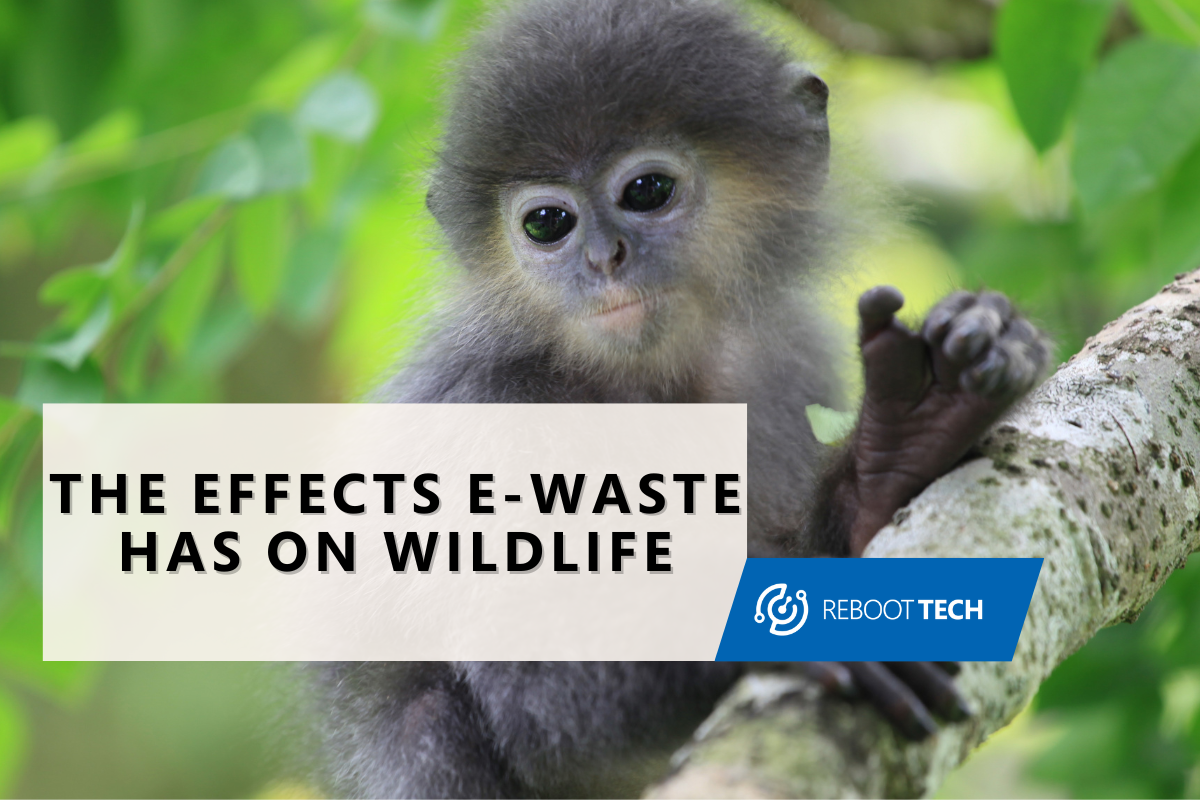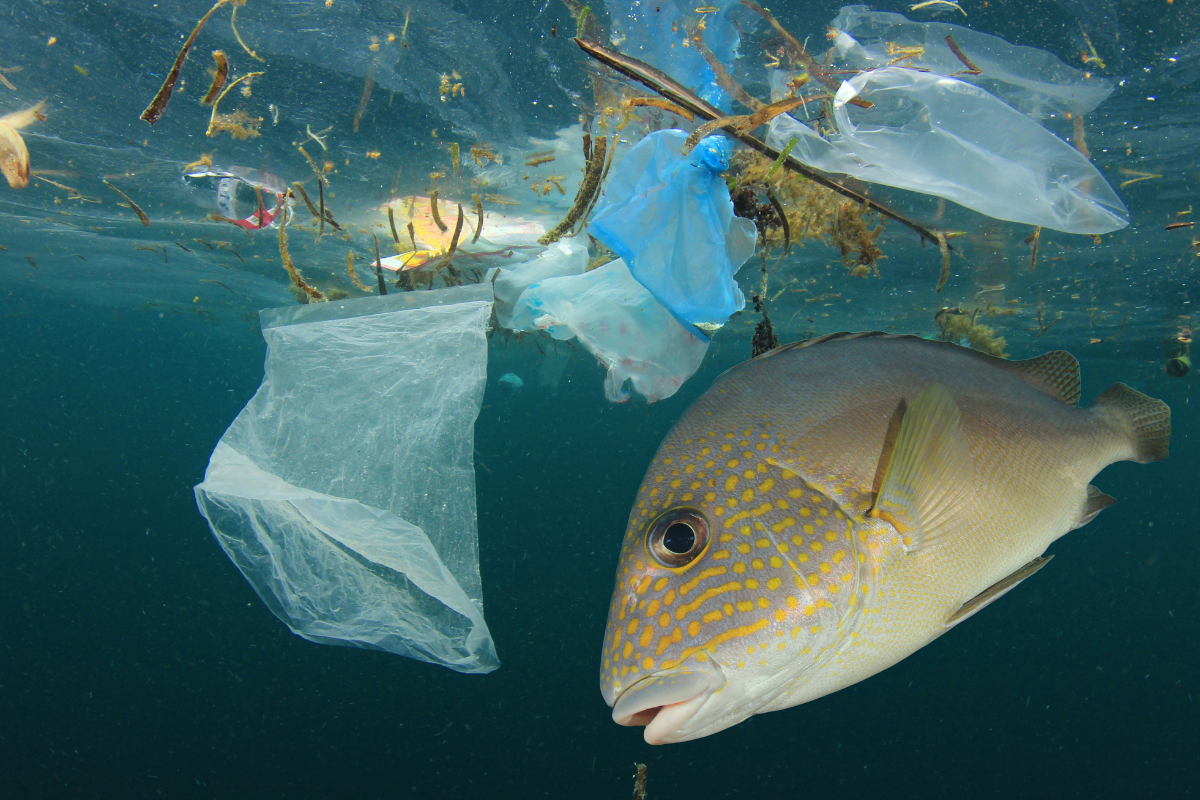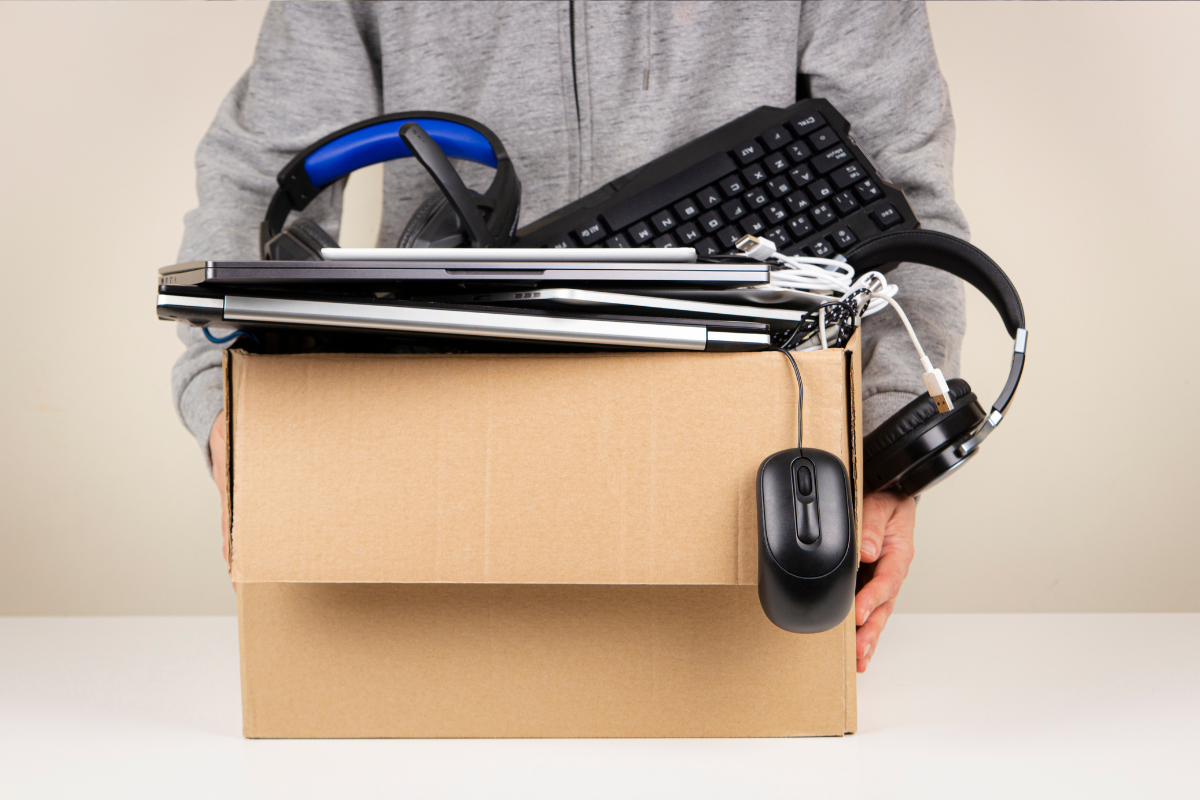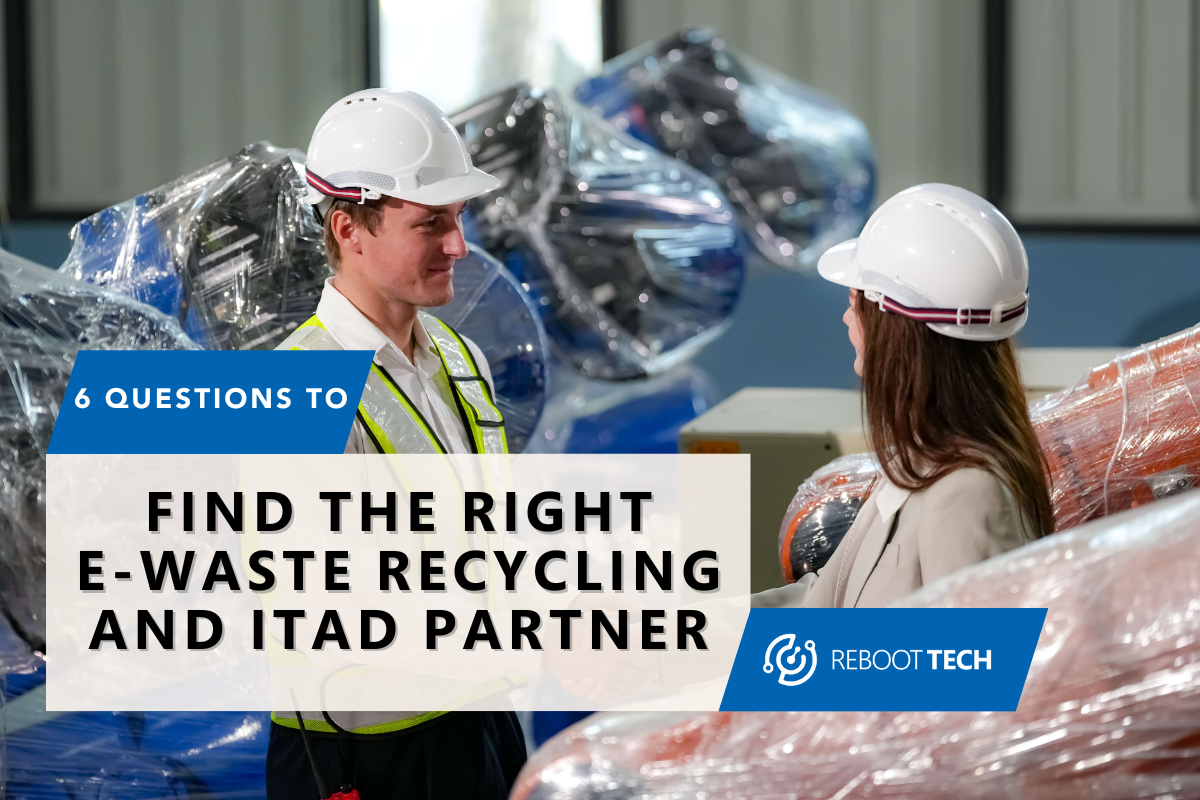
The Effects E-Waste Has On Wildlife
March 3, 2024, was World Wildlife Day. This day allows us to celebrate the beautiful creatures that inhabit our environment. But to preserve and protect our wildlife, we need to keep our environment healthy. One major way we can accomplish this is by recycling the fastest growing waste stream properly, this is known as electronic waste (e-waste).
E-waste, the discarded electronic devices like computers, smartphones, and TVs, poses a significant threat to our environment, including wildlife. This blog will go into how e-waste affects our wildlife, and what you can do to help prevent this.
The Growing Volume of E-Waste
With the quick advancement of technology, electronics have become an integral part of life. Many businesses need to use the latest technology to help out. These industries range from education, healthcare, manufacturing, retail, and entertainment.
Schools are constantly upgrading their computers, and tablets, to get new software and teach students better. The healthcare industry must regularly upgrade its technology to ensure good health for its patients. The entertainment industry is evolving so quickly to please consumers with TVs, consoles, cameras, and more, which creates an electronic surplus.
While all those are necessary for society to grow, and keep businesses afloat, it does have a drawback. The downside is that 70% of our overall toxic waste is made up of e-waste, and only 12.5% of it is recycled.
Direct Impact on Wildlife
E-waste has toxic substances like lead, mercury, cadmium, and flame retardants. If we don’t get rid of these devices correctly, these elements can seep into the ground and water, which ruins the homes of animals by making them unhealthy to live in. This e-waste can affect animals because they can get trapped in them, eat it, and inhale bad substances, which can lead to injury, sickness, or death.
When electronic devices containing those harmful substances are thrown away in landfills or are incinerated, they cause pollution. This creates an imbalance in the ecosystem. When birds or marine animals ingest those chemicals, it can lead to internal problems, digestive issues, or even kill them.

Indirect Impact on Ecosystems
Besides its direct impact on wildlife, e-waste can also have indirect effects on our ecosystem. When soil and water become contaminated by e-waste chemicals, plant growth, and aquatic life can be negatively affected and lead to a disruption in the food chain. This can result in reduced biodiversity, an unstable ecosystem, and long-term environmental damage.
Another way it has a direct impact on ecosystems is through mining natural resources. Mining can lead to habitat destruction when raw materials such as gold, copper, or lithium (materials that are often used in electronic products) are extracted. This can lead to deforestation where animals no longer have a safe place to live in.
When these materials are severely extracted, it also leads to a depletion of resources. When creating these electronics, requires significant amounts of resources which include water, energy, and other raw materials. The production can also release harmful chemicals that harm the environment and contribute to climate change as well.
Migration and Spread of Toxins

E-waste toxins may spread around even when they’re thrown away. They can move around with the wind, water, and animals, spreading out and reaching faraway places. This can harm ecosystems by contaminating nearby rivers, harming populations, and affecting the communities that rely on them for food and livelihoods.
Wild animals also don’t know how to avoid human-made boundaries like landfills. So, they can end up searching for food or water in places that are contaminated. Once they eat or drink those things, they can travel around and spread them to other creatures as well.
Scenarios like that can lead to long-term damage as they have bad effects on their health. A short list includes 1. Lower immune functions, 2. Disrupted hormonal systems (this impacts reproduction and the future of these animals), and 3. Organ issues and even death.
Possible Solutions
We can help reduce e-waste to protect our wildlife in many ways. If we have more responsible e-waste management, then this can improve electronic waste recycling systems, especially for places that are lacking in those areas.
Staying educated and teaching others is also effective, even if it may not seem like much. You would be surprised to know how many people don’t know how e-waste can specifically affect us. This can be done through school education, word of mouth, and promoting it through social media!
Lastly, we do need to promote electronic recycling so we can stop companies from mining precious materials and affecting wildlife. Our old electronics already have valuable materials that can be used to make new ones, so it should be unnecessary to mine for more.
If you have e-waste to get rid of and don’t have a place to donate it, give it to a certified e-waste recycling company. While these are great potential solutions, we all must work together to accomplish this.
Preserving Our Natural Heritage
In conclusion, the impact e-waste has on wildlife shows how seriously we need to take this. If we do not implement more sustainable e-waste management, our wildlife could be at risk, which affects all of us.
E-waste materials are growing at a rapid pace and it’s not only creating a bad environmental impact, but our wildlife is being affected too. While it is good that we are growing technology to help out businesses and society more, it does come with a few drawbacks.
There are good solutions for e-waste disposal and recycling processes, but we need to act on them together. By educating ourselves, and taking better steps to reduce, reuse, and recycle our electronics, we can protect our wildlife and create a healthier environment.






